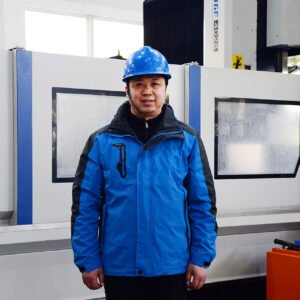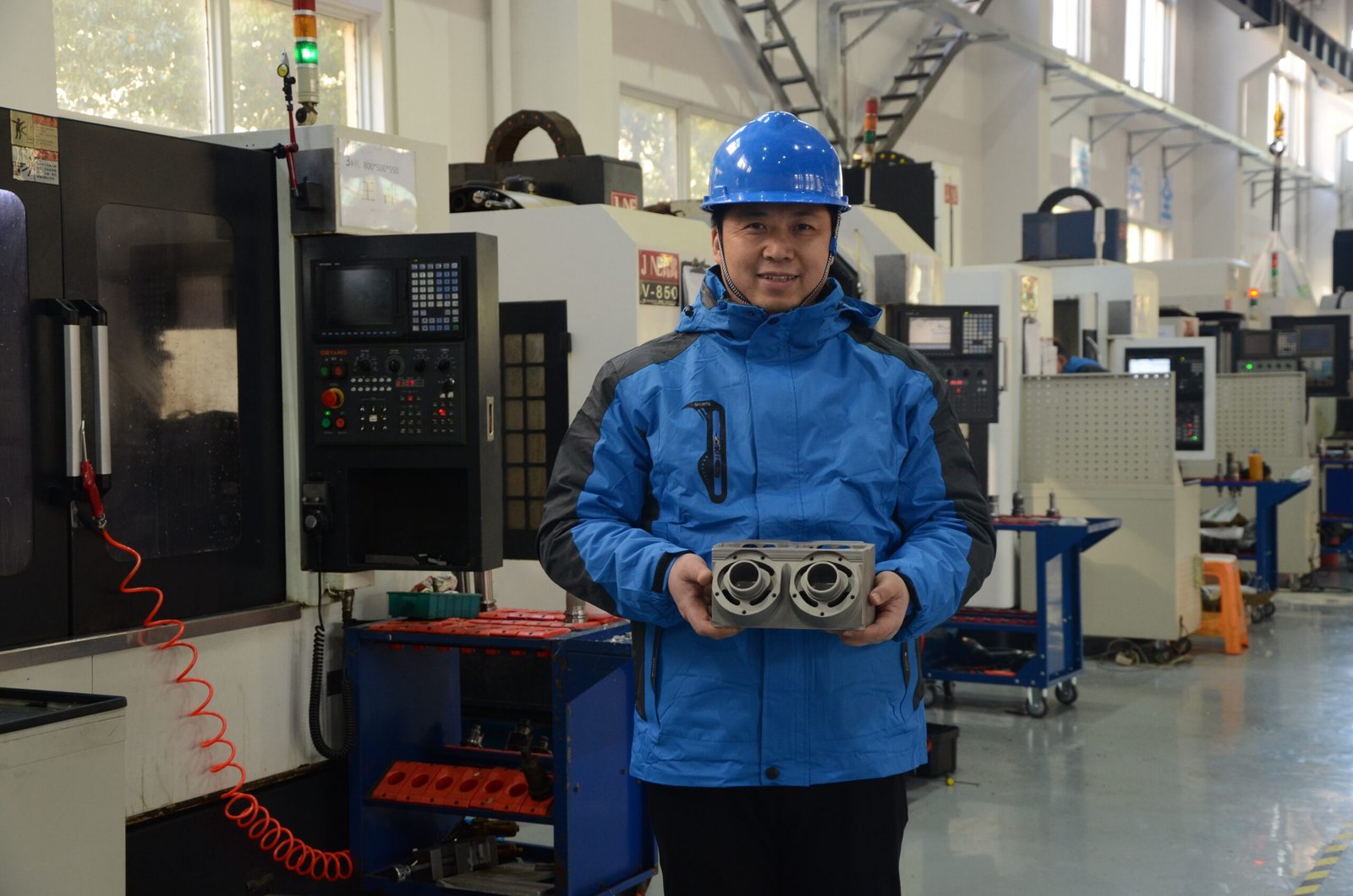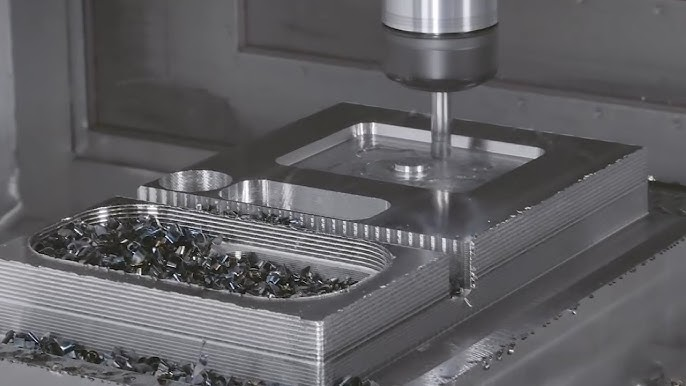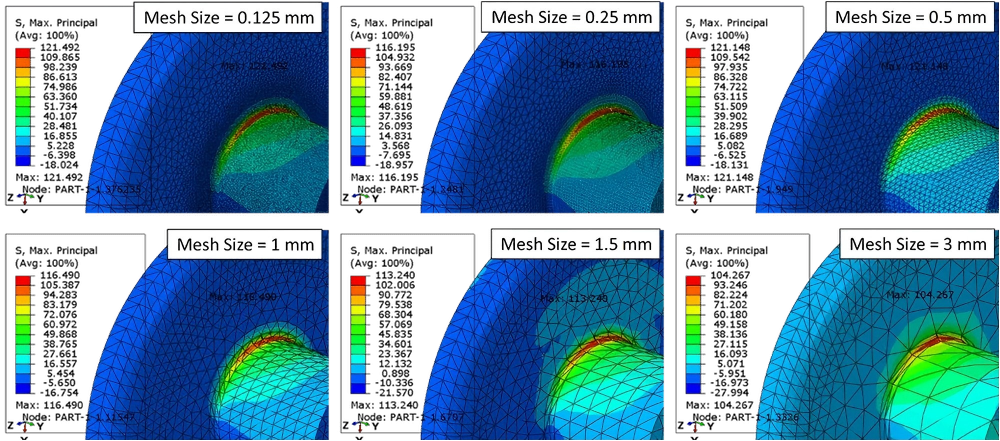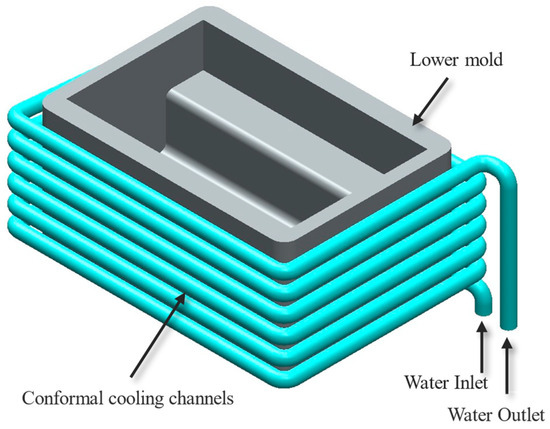
Have you ever thought about whether technology—3D printing or CNC machining—gives you a better prototype? In the age of instant invention, the manufacturing process you choose can determine how quickly your notion becomes practical. Whether you're creating a basic product model, an aeronautical component, or a medical gadget, the battle between 3D printing and CNC prototyping is more significant than earlier.
While both technologies are meant to convert digital artwork into actual items, they do so in completely different ways. Although 3D printing creates intricate geometries, speed, and versatility layer by layer. Whereas CNC machining precisely cuts a solid block to provide unbeatable durability and perfection. The decision between the two can influence sustainability, adaptability, cost, and productivity.
Based on recent research comparing additive and subtractive manufacturing shows that each method performs best in certain situations based on variables like material, tolerance, and output scale.
Therefore, which is better for your next project: 3D printing's flexibility or CNC's accuracy? To determine whether an approach actually produces the best prototype, let's thoroughly examine the differences.
2. Understanding CNC Prototype Machining
Current product development relies heavily on CNC prototype machining, a process that combines accuracy, robustness, and repeatability to produce working prototypes that bear similarities to finished items in appearance and functionality. Computer Numerical Control, or CNC for short, specifies devices that are controlled by digital instructions (CAD/CAM models) to precisely shape raw materials.
In contrast to 3D printing, which adds material layer by layer, CNC machining is a subtractive technique. It begins with a rigid block of metal, plastic, or composite, and then uses cutting, drilling, and milling operations to precisely remove extra material. This method makes it possible to produce items with superior surface finishes and tight tolerances (down to ±0.01 mm) right out of the machine.

The ability of CNC machining to work with a variety of materials is one of its biggest benefits. It enables engineers to test prototypes under actual mechanical and thermal conditions by supporting a broad variety of engineering materials, including ABS, titanium, stainless steel, aluminum, PEEK, and polycarbonate.
In sectors where part performance and dimensional accuracy are crucial, such as aerospace, automotive, robotics, and medical devices, CNC machining is extensively utilized due to its dependability and consistency. Research has demonstrated that, particularly in load-bearing or high-stress applications, CNC prototypes frequently demonstrate better mechanical strength and dimensional stability than their 3D-printed substitutes.
3. Understanding 3D-Printing (Additive Manufacturing)
Additive manufacturing, also referred to as 3D printing, is transforming the design and production of prototypes. 3D printing creates parts directly from a digital 3D model, layer by layer, in contrast to traditional machining, which eliminates material. The greatest design freedom is made possible by this additive process, which makes it feasible to create intricate geometries, interior voids, and lightweight lattice structures that are either difficult or very expensive to accomplish with subtractive techniques.
Several widely used 3D printing technologies exist, and each is appropriate for a variety of materials and uses:
- Thermoplastic filaments like PLA, ABS, or PETG can be melted using fused deposition modeling (FDM), which is perfect for concept models and inexpensive prototypes.
- Stereolithography (SLA) is ideal for smooth, high-resolution products because it cures liquid resin into thin, intricate layers using UV light.
- Selective Laser Sintering (SLS) is a great method for creating robust, useful prototypes by using a laser to fuse powdered materials like nylon and PA12.
- Layer-by-layer printing of metal components using Direct Metal Laser Sintering (DMLS) provides strength equivalent to that of machined parts.
The speed, adaptability, and affordability of 3D printing for small production batches are its main advantages. Developers can significantly cut down on development time by rapidly iterating several prototype iterations without the requirement for complicated setup or infrastructure. In addition, additive manufacturing generates less material waste than CNC machining, making it a more environmentally friendly option.
Reduced mechanical strength and surface roughness, which frequently necessitate post-processing, are the trade-offs. Although research is still being done to bridge this barrier, high-performance materials with mechanical qualities comparable to those of conventional manufacturing processes can be produced using current 3D printing techniques
3D printing is essentially a potent tool for quick innovation; it's perfect for custom components, geometrically complex prototypes, and early design validation when speed and originality are crucial.
4. CNC Prototype Machining vs 3D Printing: A Detailed Comparison
The choice between 3D printing and CNC prototype machining frequently comes down to the priorities of your project, including material performance, cost, speed, and accuracy. Although the goal of both technologies is to translate digital ideas into tangible components, their production processes and results differ greatly. Choosing the best approach for your prototype requires a grasp of these variations.
A comprehensive analysis of the two technologies based on important criteria may be examined below:
| Parameters | CNC Prototype Machining | 3D-Printing |
| Type of Process | A solid block has material subtracted from it. | Additive—substance is accumulated in layers. |
| Complexity of Design | geometry and tool access restrictions. | permits designs that are hollow, organic, or incredibly intricate. |
| Material Options | wide range: composites, metals, and polymers. | extending the range to include metals, ceramics, thermoplastics, and resins. |
| Surface properties | Smooth, good, and frequently usable without post-processing. | Process-specific; frequently need coating, polishing, or sanding. |
| Dimensional Tolerance | Extremely high, typically ±0.01 mm | Typical range: moderate to high (±0.1 mm). |
| Mechanical strength | Greater mechanical strength as a result of the uniform framework. | Layer bonding influences this; polymers typically have lower levels. |
| Speed of Production | Energy use is higher, and trash is increased. | Faster for low-volume or single parts. |
| Cost Efficiency | More expensive setup and material expenses; ideal for bulk or precise runs | Low setup costs make it perfect for small volumes and prototyping |
| Wastage of Material | High material waste: substantial chip removal. | Faster for longer operates, but slower for setup |
| Environmental Impacts | Faster for longer operations, but slower for setup | possibly less environmental impact, particularly when printing polymers. |
Comparative studies show that 3D printing excels in design freedom and affordable prototypes, whereas CNC machining leads in robustness, precision, and reliability. For example, a research study showed that 3D printing is better suited for quick, iterative design evaluation, but CNC milling is still more reliable for prototypes demanding precise tolerances and material consistency.
Similarly, a study discovered that additive manufacturing can cut material waste and energy use during idle periods, hence dramatically reducing environmental consequences. To put it briefly:
For practical prototypes that are precise and long-lasting, CNC machining is perfect. In terms of speed, inventiveness, and environmentally friendly prototypes, 3D printing excels.
Both techniques are complementary rather than rivals; when combined, they serve as the foundation for contemporary small-scale production and fast prototyping.
5. When to Choose CNC Prototype Machining

The CNC Prototype is the best option when your project requires strength, accuracy, and practical performance. CNC machining is more than just sculpting plastic or metal; it's also about creating parts that can withstand extreme pressure, adhere to strict tolerances, and replicate the properties of final production parts. Employ CNC machining in the following situations:
1. Achieving High-Dimensional Accuracy Is Crucial
CNC machining provides remarkable accuracy, frequently attaining tolerances as close as ±0.01 mm. For components where precision and consistency are essential, including in mechanical assemblies, surgical tools, and aerospace fittings, this makes it the preferred option. In many industries, precision is crucial since even small differences might result in performance problems.
2. Parts Need to Be Sturdy and Have Mechanical Strength
A consistent structure is maintained by CNC parts since they are machined from solid blocks of material, unlike 3D-printed components that often have weak interlayer linkages. For load-bearing or high-stress prototypes, this makes them perfect. In comparison to FDM-printed samples, a study by Krawulski and Dyl (2023) revealed that CNC-machined PET parts had noticeably greater compressive strength and dimensional stability.
3. Excellent Surface Finish and Aesthetics Are Required
Post-processing is less necessary with CNC machining since it produces clean, superior surfaces right out of the tool. Prototypes that are going to be tested for fit, assembly, or customer display—where a polished surface illustrates product quality—benefit greatly from this.

4. Metals or engineering-grade plastics are the materials you're dealing with.
Aluminum, steel, titanium, PEEK, nylon, ABS, and many more materials that are expensive or challenging to 3D print may all be machined using CNC. It is perfect for functional testing because of its adaptability, which requires prototypes to replicate the characteristics of final components.
5. Functional or Long-Term Testing Is Necessary.
Accurate performance is made possible by CNC machining whenever the prototype is subjected to stress, temperature, or chemical exposure. Before putting into mass production, engineers frequently employ CNC prototypes to verify the finished design, guaranteeing dependability and reducing the need for expensive design modifications.
Essentially, CNC prototype machining works best when your prototype needs to function precisely like the final product, not just look good. CNC machining continues to be the most reliable technique for attaining precision, robustness, and expert quality, whether you're evaluating load-bearing components in robotics or aerodynamic parts in aircraft.
6. When to Choose 3D-Printing?
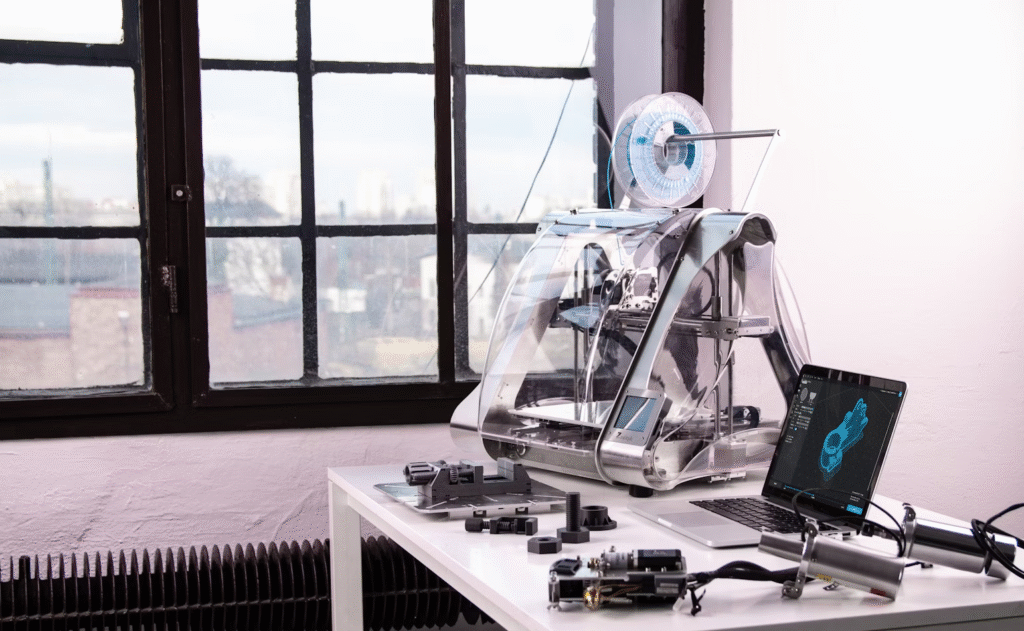
3D Printing Photo from Unsplash
3D printing is the best option if speed, design flexibility, and an affordable prototype are your top priorities. 3D printing makes your design a reality with little preparation, unlike CNC milling, which necessitates sophisticated tools and setup. This makes it ideal for custom components, iterative design testing, and early-stage concept models.
When is the right time to use 3D printing?
1. Design iteration and rapid prototyping are crucial.
A computer CAD model can be turned into a tangible prototype in a matter of hours due to 3D printing, which facilitates prompt feedback and design changes. This makes it extremely beneficial in the early phases of product development, when flexibility and speed can greatly reduce time-to-market.
2. You're Developing Lightweight or Complex Geometries
Geometric freedom is one of 3D printing's greatest advantages. It can readily create organic shapes, lattice patterns, and complex interior structures that would be too costly or hard to process. This benefit is particularly helpful in aeronautical structures, drone parts, and medical implants, where strong yet lightweight components are crucial.
3. Custom or Low-Volume Production Is Required
3D printing removes the need for costly tooling or molds for prototypes, limited production batches, or customized items. Instant production of customized or unique goods is perfect for startups, producers of medical devices, or research labs that regularly alter designs.
4. Priorities Are Cost Effectiveness and Sustainability
Particularly for polymers and resins, additive manufacturing minimizes waste and lowers total production costs by using only the material needed to construct the part. In a research, additive methods are more environmentally friendly in some applications since they use less material and energy during inactive phases than CNC machining.
5. The Objective Is Conceptual Verification or Early-Stage Visualization
3D printing provides quick and reasonably priced results when the main purpose of your prototype is ecological testing, visual presentation, or design validation. It is perfect for the creative industries, architecture, and product design since developers can readily alter shapes, dimensions, and textures without spending significant production expenses.
All things considered, 3D printing excels when speed, inventiveness, and adaptability are prioritized over strength or accuracy. Freedom from production limitations allows engineers and designers to freely experiment, iterate, and develop. When you're trying out several design ideas or making a unique prototype, additive manufacturing provides a strong and effective way to bring your idea to life.
7. Bridging the Gap: Merging CNC Machining and 3D Printing
In modern production, the comparison between 3D printing and CNC machining is about how the two may complement one another rather than which is superior. When combined effectively, the unique benefits of each technology produce a hybrid prototyping method that combines the robustness and accuracy of subtractive machining with the speed and inventiveness of additive manufacturing.

1. From Subtractive to Additive – The Ideal Combination
3D printing is usually the first step in the process to swiftly create an idea or rough prototype. Without spending money on expensive machining settings, designers may test form, fit, and ergonomics at this stage. Following design validation, the prototype is refined using CNC machining, which enhances mechanical strength, surface quality, and dimensional accuracy.
For example, engineers may employ 3D printing to create intricate interior structures (such as aeronautical brackets filled with lattice) and then CNC machining to create threaded features or essential surfaces that need to be extremely precise. In addition to saving time and materials, this combination produces working prototypes that are prepared for performance evaluations.
2. Optimizing Eco and Production Efficiency
Manufacturers can maximize their utilization of materials, reduce manufacturing time, and reduce waste by combining the two approaches. In low-volume, high-precision manufacturing, studies reveal that hybrid manufacturing increases production speed and cost-effectiveness
The fact that 3D printing only consumes the materials required to construct the part and CNC machining extends product life by improving part precision and durability means that this combination also helps achieve green production standards.
3. Applications in Various Industries
In industries like aerospace, medical devices, and automotive innovation, where both lightweight constructions and precise tolerances are essential, hybrid prototyping is becoming more and more popular. Turbine parts, dental implants, and specialized robotic parts, for instance, are frequently 3D-printed forms that are subsequently CNC-finished for flawless operation.
Combining 3D printing and CNC machining helps to bridge the speed-precision gap. It helps engineers to create designs that are both creative and ready for production by facilitating a smooth transition from concept to working prototype. This cooperative strategy embodies smart manufacturing's future, where innovation and skill are combined into a single, cohesive process.
8. Cost and Time Considerations
Although the goal of both methods is to expedite production and prototyping, setup costs, material waste, and turnaround times vary greatly. Businesses can select the most economical and efficient option for their particular project goals by being aware of these distinctions.
1. Initial Setup and Manufacturing Expenses
CNC machining typically has greater initial costs because it requires specialized equipment, programming, and operator expertise. It can be a significant setup expense for single prototypes or small production runs. But as volume rises, CNC machining becomes more affordable per item, particularly in situations where accuracy and reliability are crucial.
3D printing, on the other hand, involves very little setup because it doesn't require any special tools or molds. This makes it perfect for one-off or low-volume prototypes when quick concept testing without a large financial outlay is the aim. But some of the early cost benefits of 3D printing are offset by the fact that materials, particularly resins and metal powders, can be slightly expensive per unit weight.
Based on a study by Ford and Despeisse (2016), 3D printing is more common in early-stage, customized, or low-volume production, although CNC machining is still more cost-effective for big batches.
2. Waste and Material Usage
A substantial amount of material is frequently wasted during CNC machining since it is a subtractive process that takes material from a solid block (particularly with metals like aluminum or titanium). In contrast, 3D printing is additive, utilizing only the materials required to construct the item layer by layer, hence enhancing sustainability and minimizing waste.
Post-processing 3D-printed items (support removal, curing, or surface polishing) can, nevertheless, increase costs and time, especially for high-precision parts.
3. Production Rate and Time Spent
The best option if you need a prototype in a matter of hours is 3D printing. When a CAD file is prepared, printing can start right away with little setup. It is perfect for iterative testing, evidence of ideas, and design validation because of its quick turnaround.
While CAM programming, tool setup, and fixture alignment take time with CNC machining, once set up, it can create huge volumes with consistent quality far more quickly than 3D printing. Because of this, CNC machining saves time when creating working prototypes or large-scale production.
4. Finding the Best Balance Between Cost and Time
Finally, the most effective approach frequently combines both technologies: 3D printing is used for quick design confirmation, and CNC machining is used for final accuracy and refinement. Through cost optimization at every level of development, our hybrid approach shortens the overall lead time.
9. The Efficiency of Materials and the Environment
CNC machining and 3D printing are being assessed not only for their technical capabilities but also for their material efficiency and environmental impact in a time when sustainable manufacturing is gaining worldwide interest. Choosing one over the other can have a big impact on sustainability, trash production, and energy usage.
1. Utilizing Materials and Reducing Waste
The way the two technologies use material is one of their most obvious distinctions.
A solid block of material is used as the starting point for CNC machining, a subtractive process that removes pieces to create the desired shape. High amounts of material waste may arise from this method, particularly when cutting metals like aluminum or titanium. Even while some debris can be reused, recovering it can be expensive and energy-intensive.
However, because 3D printing is an additive process, it only uses the material needed to construct the part, layer by layer. This significantly reduces waste and increases material efficiency, especially for complex designs. Faludi et al. (2015) found that when compared to CNC machining, additive manufacturing can cut material waste by as much as 70–90%.
2. Carbon Footprint and Energy Consumption
The type of material and the size of the production process affect energy efficiency. The constant spindle activity, tool movement, and cooling systems of CNC machines usually result in higher electricity consumption. Given that setup expenses are spread across numerous units, CNC can, however, become more energy-efficient per item for high-volume production.
Large or dense objects may take longer to manufacture using 3D printing, even if it uses less energy for small batches. High-temperature printers (for sophisticated polymers or metals) may use a lot of power, offsetting the benefits of sustainability.
According to research, hybrid workflows that employ 3D printing to create near-net forms and CNC to fine-tune the final details can minimize material waste and energy consumption while producing the most environmentally friendly outcomes.
3. Reusability and Recycling of Materials
More recyclability is being achieved by both technologies: Metal shavings and chips from CNC machining can be gathered, melted, and recycled; however, the recycling procedure itself uses more energy.
Polymers like PLA and PETG are becoming more recyclable or bio-based in 3D printing, and certain metal powder methods enable the re-sieving and reuse of excess powder for subsequent prints, reducing overall waste.
4. The Transition to Sustainable Prototyping
Eco-friendly materials (such as recyclable alloys and biodegradable filaments) and energy-efficient machinery are being used by manufacturers to reduce their environmental impact. Prototyping's future is in fusing subtractive refinement with additive precision, backed by closed-loop recycling technologies and environmentally friendly supplies.
10. Final Verdict: Which Is Better?
So, in the end, is 3D printing superior to CNC prototype machining?
The genuine solution is that it depends on your objectives, available resources, and developmental stage. Each technology has unique benefits that make it more appropriate for a certain circumstance.
When it comes to accuracy, robustness, and production-level functionality, CNC machining is unquestionably the best option. For mechanical components that will be subjected to real-world circumstances, such as medical devices and aerospace parts, CNC is the best option.
However, 3D printing excels in situations when cost-effectiveness, speed, and inventiveness are crucial. Rapid prototyping, simple design modification, and the production of intricate geometries that CNC machines are unable to achieve are all made possible by it. 3D printing provides unparalleled efficiency and flexibility for visual prototypes, custom or low-volume runs, and early-stage testing.
The future of prototyping, according to Dr. Ian Gibson's book Additive Manufacturing Technologies (Springer, 2021), is about integrating technologies to enable more intelligent, efficient, and sustainable manufacturing techniques rather than picking one over the other.
The Final Takeaway:
- When strength, accuracy, and material realism are important considerations, choose CNC machining.
- When speed, originality, and cost-effectiveness are the most important factors, go with 3D printing.
- To create polished, production-ready prototypes that excel in every way, combine the two.
In the end, the most effective prototyping technique isn't just about technology; it's also about how you use it wisely to realize your ideas quickly, accurately, and sustainably. Is this blog informative? Do you have any queries about this blog? Let us know by commenting below.

